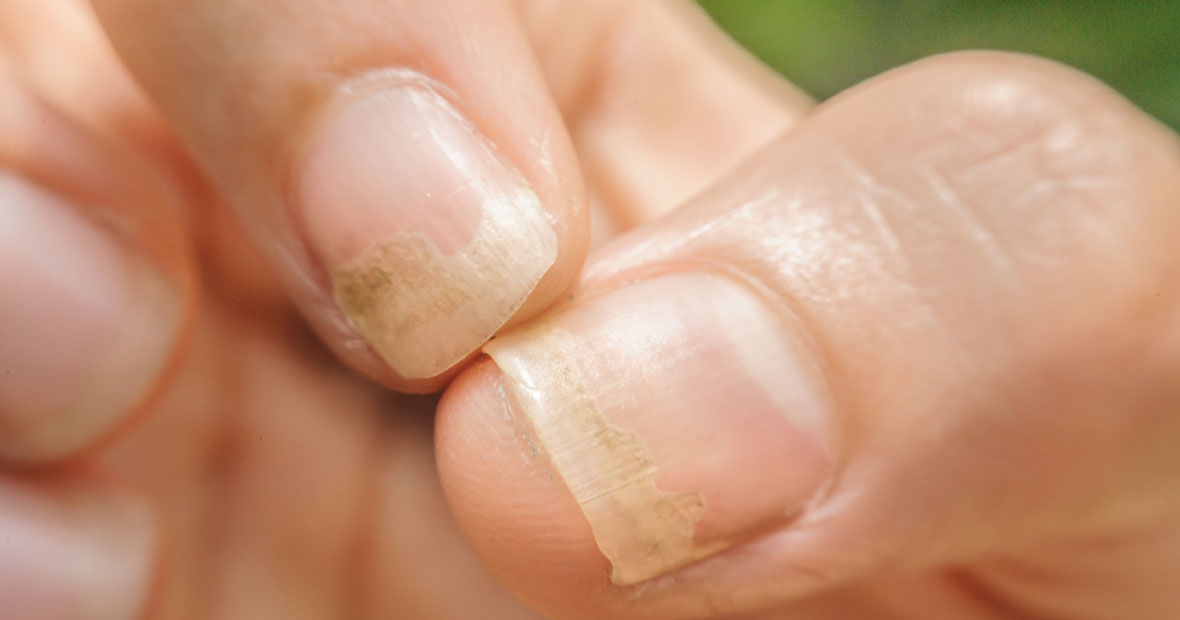
Delve into the world of fungal nail infections, where each variant presents its unique challenges. This deep dive offers a comprehensive look into symptoms that aid in detection, the underlying causes, as well as the risk factors that exacerbate these infections. Discover the latest therapies offering relief and learn how to prevent these pesky conditions from invading the sanctity of healthy nails. This journey through fungal nail infections will enlighten, inform, and guide readers towards healthier nail practices.
Identifying symptoms and when to seek medical advice
Infections of the toenail, medically known as onychomycosis, are a common health problem that typically results from fungal overgrowth. These infections are often noticeable through changes in nail color, thickening, and detachment. To distinguish these symptoms from other nail conditions such as eczema or psoriasis, professional advice from a dermatologist is often necessary.
A major part of preventing fungal nail infections lies in maintaining proper foot hygiene. On the other hand, untreated infections pose significant risks, including the potential for spreading, discomfort, and further complications. Dermatologists should be consulted if symptoms persist and begin to impact daily life.
For diagnosing fungal infections, several options are available. Among these are cultures, KOH exams, and biopsies. Candida and tinea are two common causes of onychomycosis. These subungual infections, especially in their white superficial form, are a source of discomfort and can significantly impact the health and appearance of nails.
Common causes and risk factors for fungal nail infections
Fungal nail infections, a widespread concern, are often caused by different types of fungi, including dermatophytes, molds, and yeasts. These fungi typically invade the bed of the nail, leading to infections. Clinical studies show that certain lifestyle-related factors increase the risk of acquiring these infections. Regularly visiting gyms, swimming pools, and public showers, for instance, can expose individuals to these fungi.
Furthermore, specific medical conditions predispose individuals to fungal infections. Diabetes, circulation issues, and weakened immune systems create an environment conducive for fungus growth. Poor hygiene practices, such as inadequate drying of feet and sharing personal items like towels and shoes, further contribute to these infections.
The correlation between age, skin issues, and fungal infections is evident. Evidence suggests that older individuals and those with skin diseases are more likely to develop fungal infections. Nail or surrounding skin injuries can facilitate the entry and growth of fungi, thereby causing infections. For example, the fungus can easily invade cracked or damaged nails, especially in warm, moist environments.
In essence, understanding the various causes and risk factors of fungal nail infections, whether on the toenails or fingernails, can help in formulating effective preventative measures. Regular foot hygiene, proper drying of feet and hair, and avoiding sharing of personal items are some measures that could help in reducing the risk of these infections.
Latest treatment options for fungal nail infections
Understanding the different types of fungal nail infections is the first step to seeking appropriate treatment. Fungal nail infections, medically known as onychomycosis, are typically caused by a variety of fungi species, and recognizing the symptoms is vital for effective cure. Terbinafine, a common oral antifungal treatment, has shown efficacy in treating these infections, but considerations must be made for potential side effects and overall health of the patients. Fungal infection treatments have undergone significant advancements, including new topical treatments like gels, creams, and lacquers which can help to combat the toenail fungus directly, reducing the treatment duration from months to weeks.
Exploring Oral Antifungal Medications : Efficacy and Considerations
Oral antifungal medications remain one of the best treatment options for onychomycosis. These treatments have high success rates, but patients must visit a clinic for regular monitoring due to potential side effects.
Advancements in Topical Treatments : Gels, Creams, and Lacquers
Topical treatments have seen significant advancements. These products, applied directly to the nail, are a good option for mild infections and can be used in conjunction with oral medications for more severe cases.
Laser Therapy and New Technologies in Fighting Fungal Infections
Laser therapy offers a new approach to treating fungal nail infections, using light to kill the fungus without damaging the surrounding skin or nail. This technology is still in its early stages, but early results are promising.
Prevention strategies to keep your nails healthy and infection-free
Understanding the different types of fungal nail infections is the first step towards prevention. Healthy nails are an essential part of overall health and require regular care, a fact that is often overlooked by many people. Maintaining a regular foot care routine is therefore vital to prevent fungal toenail infections.
Utilizing specific antifungal products for feet and nails is beneficial. These products are designed to target and eliminate fungi that may reside on the skin or hair around the nails, thereby reducing the risk of infection. The right product choice can significantly enhance the health of nails and feet.
One of the best practices to adopt when aiming to reduce the likelihood of infections is choosing suitable footwear. Shoes that allow for proper ventilation and keep the feet dry are recommended. They lower the risk of creating an environment conducive to fungal growth, thereby promoting healthier feet and nails.
Adopting good foot and nail hygiene practices is another effective prevention strategy. Regular cleaning, proper drying, and avoiding the use of shared footwear or other personal care items can minimize the risk of fungal contamination. Regular visits to foot care clinics for preventive check-ups are likewise advised. They allow for early detection and treatment of any developing fungal infections, ensuring the continued health of the nail plate and feet.